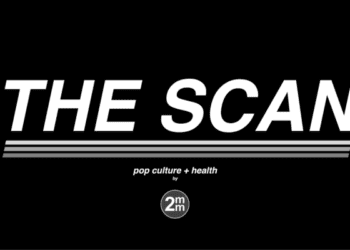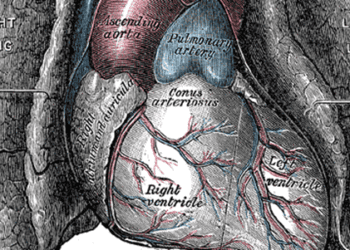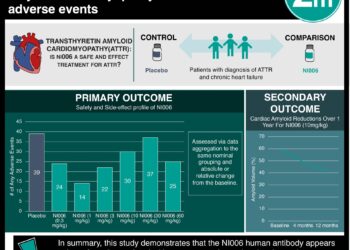Age-related confounders may contribute to heart transplant mortality
1. After accounting for confounding factors, no difference in overall mortality was noted for recipients of transplants from donors over the age of 50 than from donors under the age of 50.
2. The rate of coronary artery vasculopathy was significantly elevated at both 5 and 10 year follow-ups in those receiving grafts from donors over 50, even after adjustment for potential confounders.
Evidence Rating Level: 2 (Good)
Study Rundown: A decline in heart transplant grafts from younger donors, coupled with an ever-increasing demand for transplants, has prompted efforts to expand the base of transplant donors. Transplants using grafts obtained from donors over the age of 50 have been increasingly performed but the practice has been under scrutiny due to potentially higher incidences of vasculopathy and mortality. The alternatives, namely a longer duration in which the patient is on left ventricular assist devices (LVAD) while waiting for a younger donor, pose their own set of risks. Through the multi-center design, this study found a higher rate of overall mortality in individuals who received grafts from donors older than 50 when compared to those receiving transplants from donors younger than 50. However, after accounting factors such as donor cause of death, donor smoking habit, recipient age, and recipient induction and immunosuppressive therapies, there was no significant difference between the 2 groups. Such a result provides evidence for the relative safety of grafts from donors over the age of 50, a key development given the perpetual deficit in viable grafts for heart transplantation. While the study does advocate for the safety of employing grafts from donors above the age of 50, the original difference observed between the 2 groups suggests the need for a careful consideration of other coronary risk factors oftentimes more prevalent in those over the age of 50 when evaluating a donor for transplantation. Limitations of the study include its retrospective nature and limitations inherent to the transplantation procedure that preclude any systematic study design to more comprehensively account for the vast clinical differences between donor age groups.
Click to read the study in Journal of Heart and Lung Transplantation
Relevant Reading: A contemporary review of adult heart transplantation: 2012 to 2013
In-Depth [retrospective cohort]: A total of 2102 consecutive heart transplantation patients from 8 health centers across Spain from 1998 to 2010 were included in the analysis. Patients were stratified into 2 groups: those receiving grafts from donors who over 50 years of age and those receiving grafts from donors under 50. Patients over the age of 16 for whom this was the only transplantation procedure were included in the study. Information related to the pre-operative clinical characteristics were collected and patient follow-up occurred at 1 month and 1, 5, and 10 years. All centers employed a triple immunosuppressive therapy post-transplant. The donor age groups were largely dissimilar with regards to their gender makeup, cause of death, and coronary disease risk factors. A total of 1758 (84%) of patients were transplanted with grafts from donors under the age of 50 while 344 (16%) were from donors 50 and older. Those in the donor age ≥ 50 group were at a higher risk for coronary artery vasculopathy at 5-year (RR 1.87, 95% CI 1.37-2.55, p = 0.0001) and 10-year follow-up (RR 1.55, 95% CI 1.19-2.02, p = 0.001). Additionally, overall mortality was significantly elevated in the donor age ≥ 50 group (RR 1.40, 95% CI 1.18-1.67, p = 0.001). However, after adjustment of potential confounders through Poisson regression modeling, including donor cause of death, smoking habits and recipient age, induction, and immunosuppressive therapies, no significantly elevated risk was noted. No significant difference in risk of acute mortality within the first month of the transplantation was observed, both with and without adjustment for confounding factors.
More from this author: CA19-9 kinetics may predict pancreatic cancer resectability, Robotic adnexal surgeries may have more complications than laparoscopic, Subtype of metastatic esophageal cancer not a contraindication to surgery
Image: PD
©2014 2 Minute Medicine, Inc. All rights reserved. No works may be reproduced without expressed written consent from 2 Minute Medicine, Inc. No article should be construed as medical advice and is not intended as such by the authors, editors, staff or by 2 Minute Medicine, Inc.








